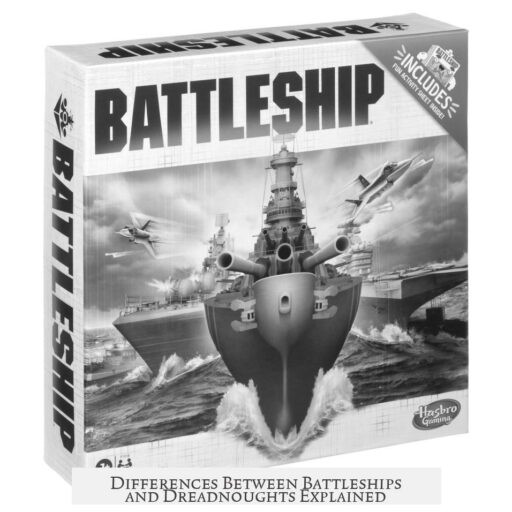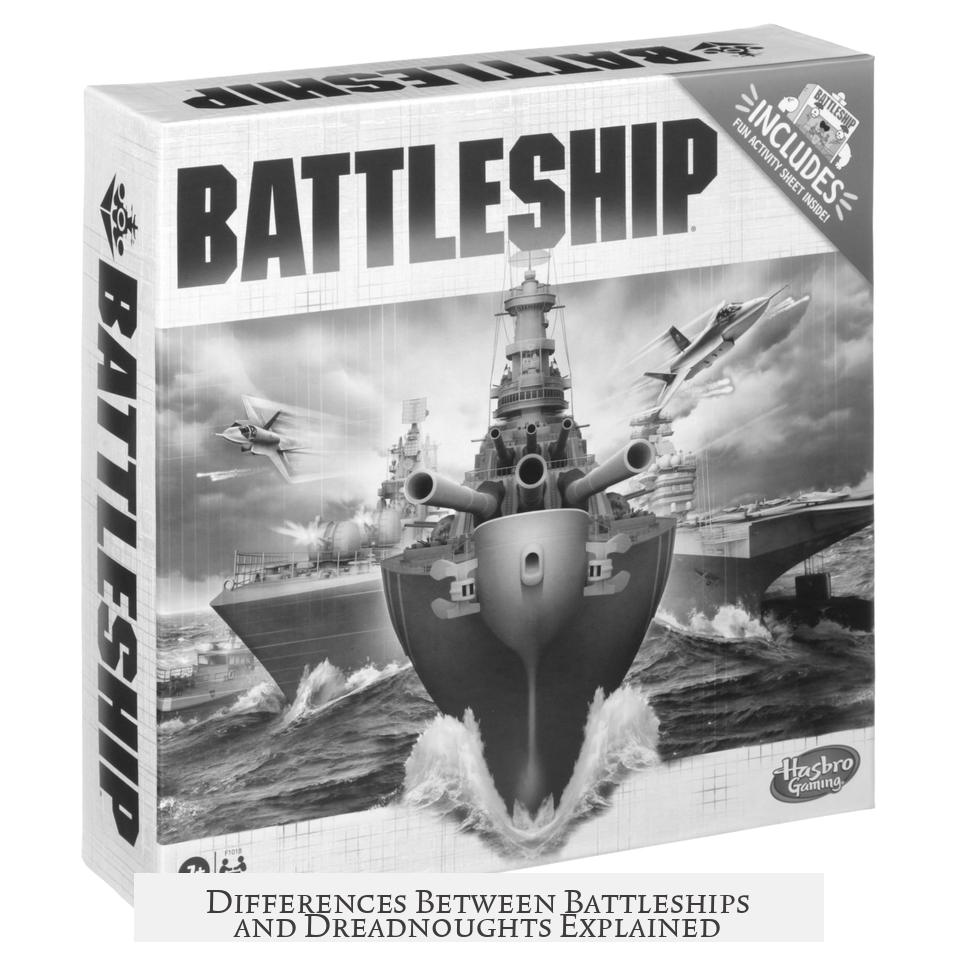A dreadnought is a specific type of battleship introduced in 1905 that revolutionized naval warfare through its design, armament, and propulsion. The primary difference between a traditional battleship and a dreadnought lies in the unified heavy gun armament and advanced engineering featured in dreadnoughts.
The term “battleship” refers broadly to large, heavily armored warships equipped with multiple guns, designed to engage enemy vessels effectively. These ships served as the backbone of naval fleets through the 19th and early 20th centuries. Before the dreadnought era, battleships carried a mixed assortment of gun sizes. For example, the USS Texas, one of the earliest U.S. battleships, mounted both 12-inch and 6-inch guns as its main armament. This combination provided variable range and firepower but limited the ship’s consistent long-range striking power.
The distinction began with the launch of HMS Dreadnought in 1905, constructed by the United Kingdom. This ship embodied a new design philosophy, emphasizing uniform, large-caliber guns and superior propulsion technology. Crucially, HMS Dreadnought was equipped with ten 12-inch guns, all of the same size, abandoning the mixed armament approach. This “all-big-gun” configuration allowed for more effective and coordinated broadsides, improving range and destructive ability in combat.
Beyond armament, HMS Dreadnought featured oil-fired turbine engines instead of traditional coal-fired reciprocating engines. This innovation boosted speed despite the ship’s increased displacement. The faster propulsion, combined with heavier armor protection and powerful weaponry, made HMS Dreadnought outperform earlier battleships in both firepower and maneuverability.
This leap in naval technology quickly rendered pre-dreadnought battleships obsolete. Older ships with mixed gun sizes and slower engines were generally classified as “pre-dreadnoughts,” distinguishing them from the newer battleship design. The term “dreadnought” thus came to define all battleships launched after 1905 that followed this advanced design pattern.
The arrival of dreadnoughts initiated a naval arms race worldwide. Countries hurried to build their own dreadnought-class battleships to keep pace, signaling a major shift in naval strategy and shipbuilding for decades. Over time, as pre-dreadnoughts were phased out, the specific term “dreadnought” became less distinct. Eventually, people began using “battleship” and “dreadnought” interchangeably because dreadnoughts represented the dominant battleship design.
Exceptions to this terminology exist, especially in smaller navies or coast-defense ships built before or during the dreadnought era. For instance, the Norwegian coast-defense ships Eidsvold and Norge, launched in 1899, were powerful for their time but lacked dreadnought features. Their classification reflects the technological distinctions within battleship types.
In more recent contexts, particularly in military science fiction, “dreadnought” often describes an especially large and powerful class of battleships. These works sometimes use terms like “super-dreadnought” to imply even larger ships, emphasizing size and strength rather than strict historical definitions. However, no historical classes of ships have officially been designated as “super-dreadnoughts.”
| Feature | Pre-Dreadnought Battleship | Dreadnought Battleship |
|---|---|---|
| Main Armament | Mixed gun sizes (e.g., 12-inch and 6-inch guns) | Uniform large-caliber guns (e.g., ten 12-inch guns) |
| Propulsion | Coal-fired reciprocating engines | Oil-fired turbine engines |
| Speed | Slower | Faster despite greater displacement |
| Armor | Heavy but lighter than dreadnought | Heavier armor protection |
- Dreadnoughts introduced the “all-big-gun” philosophy with uniform large-caliber main guns.
- Oil-fired turbine engines in dreadnoughts increased speed and efficiency.
- The HMS Dreadnought of 1905 set the standard for battleships built afterward.
- Older battleships with mixed guns were termed “pre-dreadnoughts.”
- The distinction blurred over time as dreadnought designs dominated.
- In fiction, “dreadnought” often represents especially large or powerful naval ships.




